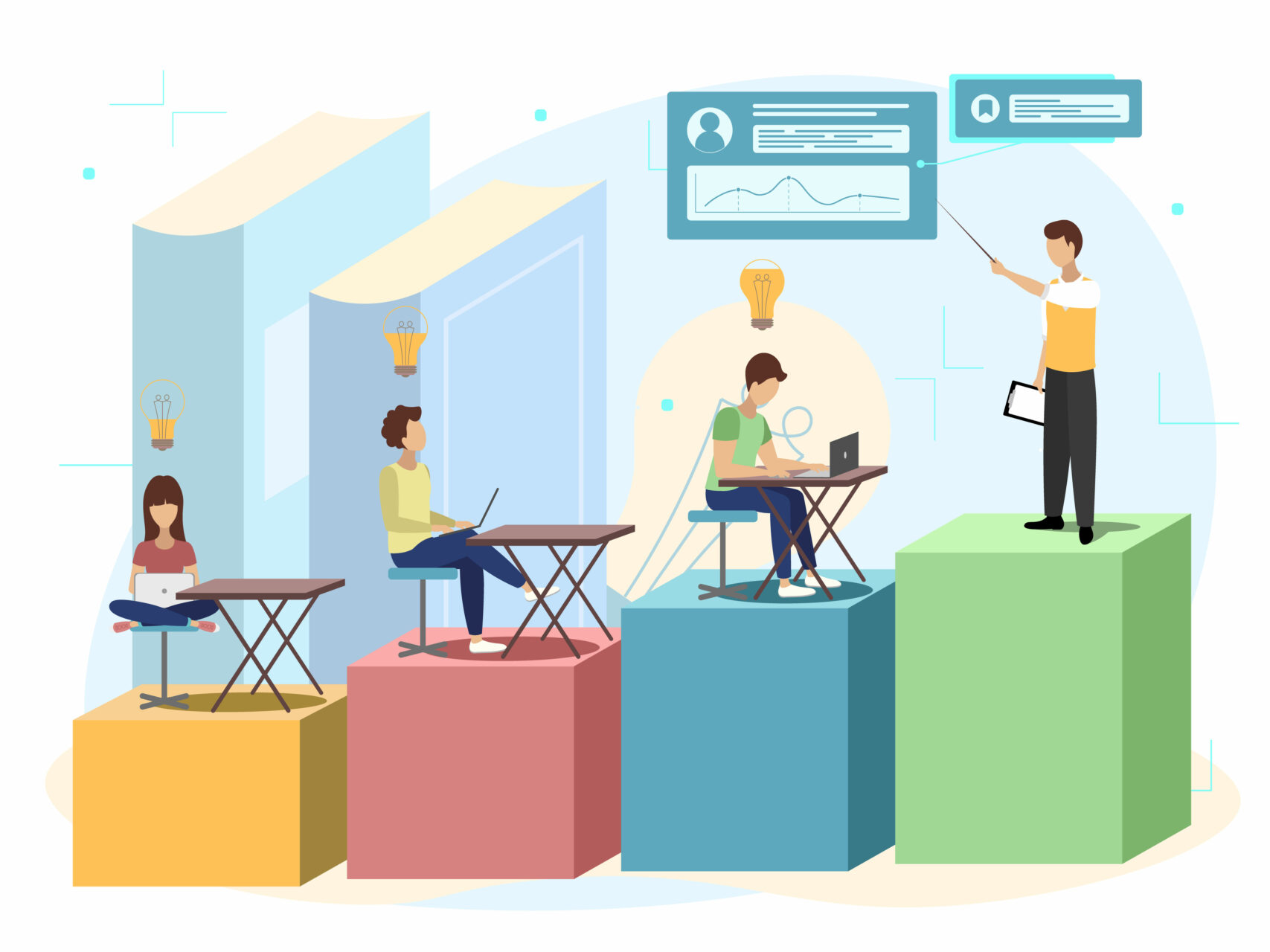Learning and development professionals are primed to deliver increased value to their skills-hungry organizations through being action-oriented business partners and consultants. Setting aside organizational expectations and pressures of what learning “should” be, these L&D champions must take a harsh look in the mirror and identify where trends distract them and existing frameworks cripple results. Three such hurdles are detailed skill taxonomies, decentralized learning models and idling in the career driver’s seat. But when our own shortcomings are addressed, we can be innovative strategists.
Taxed by taxonomies
As many work to crack the code for effective upskilling through taxonomies, which are needed, L&D professionals should weigh the amount of time it takes to assess, design, calibrate and publish a skills taxonomy model versus the half-life of skills. This does not include mapping and creating content to fulfill the model. The former could take six to 12 months and the latter three to five years. How long will the skills be relevant?
If a skills taxonomy feels like an insurmountable hurdle, is the solution to train to seasonal trends or topical business demands? An endless catalog of e-learning to satisfy every need? No, such an approach involves L&D professionals taking their hard-earned strategic hats off.
Decentralized training
To empower localized upskilling, many organizations have adopted decentralized training models, which embed trainers into key business areas and empower skilled experts to lead the way. While this places learning closer to the flow of work rather than a distant center of excellence, decentralized training can entail duplication of effort and technology.
Conflicting interests can cloud business expectations and varying degrees of effective adult learning theory muddy the learner experience. The alternative is to centralize, which slows and distances learning from employees and the upskilling they need.
Personal ownership for development
L&D professionals must bear in mind that the two aforementioned talent development challenges exist in a career climate, telling talent that they must drive their own development.
This is valid, yet many employees struggle to take action out of concern for where to begin. Others grapple with prioritization or learning applicability. In turn, L&D professionals curate ways for talent to activate their growth and build new skills as we influence the business’ strategy, organizational design and ways of working.
What are L&D Professionals to do?
In a world where the half-life of skills is shrinking, decentralized learning models are necessary and “driving your own career” is an imperative, learning and talent professionals are embracing a broader library of solutions grounded in the 70:20:10 Model. By acting as consultants and business partners, L&D professionals are able to implement novel upskilling solutions that break through the challenges and double down on applied experience.
Two such solutions are personalized development action plans and refreshed talent rotational programs. The first provides a sense of guided autonomy, increased applicability and positions managers as coaches and talent advocates. The latter marries business priorities with tangible results through an inclusive, remote-friendly model that benefits more than early career talent.
Development action plans
Individual Development Plans and Personal Development Plans are familiar terms to many. Their close cousin, Development Action Plans, emphasize “action” and remove the perceived need to drive one’s career without robust support. DAPs create the opportunity for talent and leaders to collaborate on identifying goals for skill development, application, feedback and coaching while also setting timelines, establishing success metrics and identifying multi-modal skilling pathways. When DAPs are built in alignment with the 70:20:10 Model, each type of development reinforces the others.
A little creative thinking can shift a training-focused IDP into an application-based DAP that enables talent to try, iterate and get their hands dirty. Spaced practice and continuous coaching spur better real-world understanding of the skill and promote habit forming to normalize the skill over traditional classroom engagements.
Talent rotational programs
Inspired by classic development programs targeted to specific groups or suited to past business cycles, modern talent rotational programs can build skills for the future and deliver results today.
Consider:
- Early career programs: Targeted to new graduates and often involving multiple cross-country moves, these programs invest heavily in molding tomorrow’s leaders, inspiring brand loyalty and invigorating the business with youthful energy.
- What if equally empowering programs could benefit mid-career high-potentials and hidden talent?
- What if the ROI could be expedited?
- What if the expense of relocation could be removed and greater inclusivity gleaned through remote arrangements?
- Talent marketplaces and internal “gigs:” Talent marketplaces manifest a miniature gig job market within an organization. Establishing digital marketplaces can be daunting and taxing for talent professionals. Marketplaces are equally concerning for talent who hesitate to raise their hand in a climate where saying, “I’m underutilized” either results in a layoff or a work surge toward burnout.
- What if utilizing existing skills could go hand-in-hand with developing new ones?
- What if work were shifted from talent to free them to take on new projects?
- What if fear, technology, time and expense barriers were mitigated?
- Organic cross-functional exposure: Occasionally savvy, entrepreneurial and well-networked employees or their leaders identify one-off projects that benefit from a talent exchange or loan arrangement for the purpose of skills development. This often leads to cross-functional exposure and a larger professional network coupled with skills and career advancement.
- What if this became the norm rather than the exception?
- What if talent professionals could provide just enough structure to replicate this upskilling initiative at scale and aligned with organizational strategy?
- What if multiple employees could receive development through a single swap?
When curiosity is paired with a deep understanding of need, past successes and market best practices, innovative solutions can result. How? Picture this: A short-term rotational program (10-16 weeks) centered on strategic, high visibility projects that can be done remotely for HiPos, succession planned and key talent populations.
With as little as a webform application and matching efforts similar to a mentoring program, talent can be inserted part-time into another business function to lend an existing skill (e.g., data analytics) while developing a new skill (e.g., executive presence) through coaching from their new team and practice on the project. In turn, they remain embedded in their core job with some of their duties delegated to teammates who build skills through taking on the temporarily reassigned work (e.g., time management, prioritization, collaboration, work variety).
Shifting one person part-time for a finite project can build not only the individual’s skills, but also both leaders and each member of the two teams’ skills. Everyone’s skills become durable because they are applied and practiced. The business results are tangible rather than long-distance thanks to the project’s outcomes. Win-win-win.
Conclusion
While taxonomies, decentralization and personal ownership appear to be challenges for practical skill development, they are also exactly what talent needs to grow. Let’s reimagine them by empowering talent to apply skills in ways that make an impact on their career and the organization. Development action plans and innovative talent rotational programs are two approachable ways to begin.















